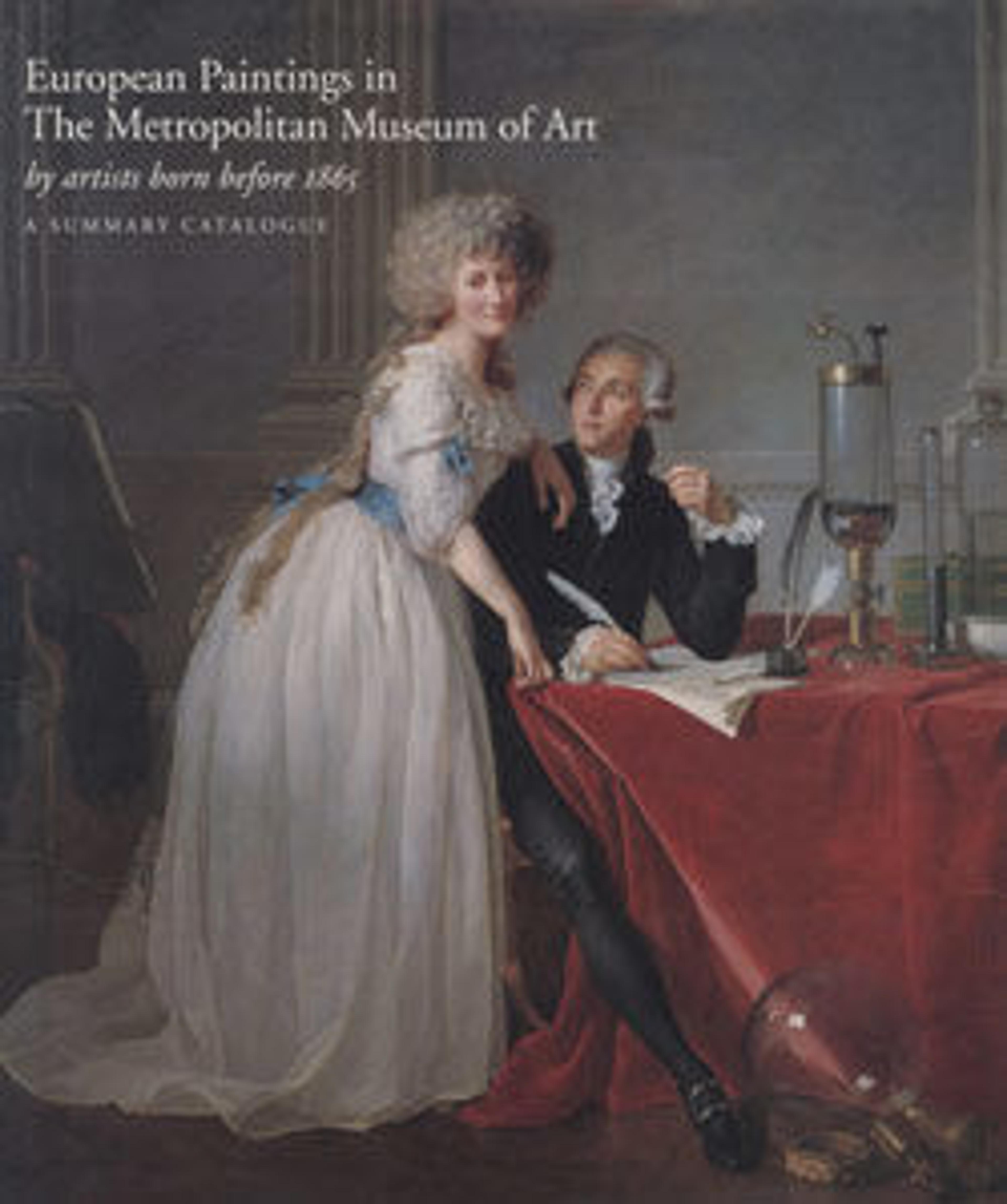The Trinity
This imposing representation of the Trinity (God the Father, his son Jesus on the cross, and the dove of the Holy Spirit) was painted about 1390 and is probably the center of a triptych. Among the leading painters in late-fourteenth-century Florence, Agnolo’s work, with its pastel colors and delicate modeling, was especially important for Lorenzo Monaco, whose four prophets hang nearby.
Artwork Details
- Title:The Trinity
- Artist:Agnolo Gaddi (Italian, Florentine, active by 1369–died 1396)
- Date:ca. 1390–96
- Medium:Tempera on wood, gold ground
- Dimensions:Overall, with arched top, 53 1/2 x 28 3/4 in. (135.9 x 73 cm); painted surface 51 1/8 x 27 7/8 in. (129.9 x 70.8 cm)
- Classification:Paintings
- Credit Line:Gift of George Blumenthal, 1941
- Object Number:41.100.33
- Curatorial Department: European Paintings
More Artwork
Research Resources
The Met provides unparalleled resources for research and welcomes an international community of students and scholars. The Met's Open Access API is where creators and researchers can connect to the The Met collection. Open Access data and public domain images are available for unrestricted commercial and noncommercial use without permission or fee.
To request images under copyright and other restrictions, please use this Image Request form.
Feedback
We continue to research and examine historical and cultural context for objects in The Met collection. If you have comments or questions about this object record, please contact us using the form below. The Museum looks forward to receiving your comments.
